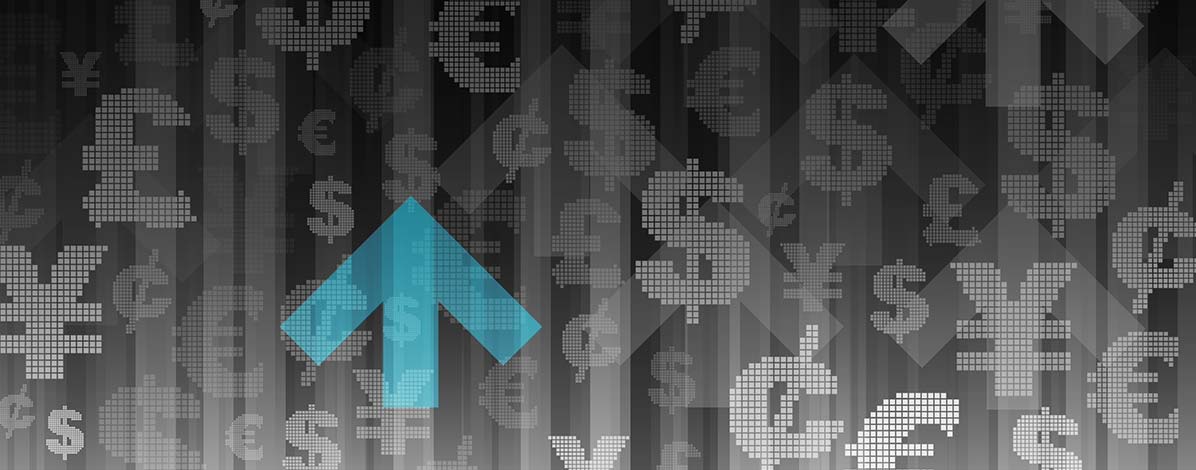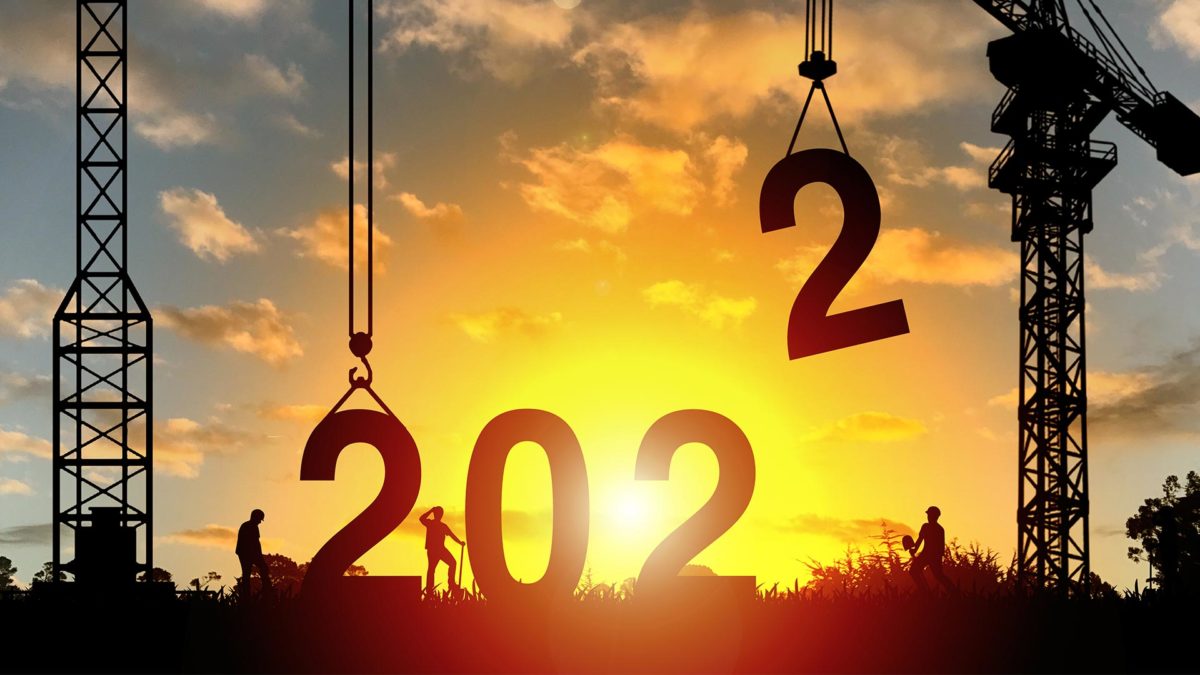Across the world, reserves of cash are dwindling. In some countries, mobile and contactless payments are more the norm than traditional legal tender. Oliver Griffin explores whether or not we are destined for a fully cashless future.

Illustration: Robin Davey
Cash feels like one of life’s constants; as though it’s always been there and always will be. The presence of physical money pervades every aspect of life. From birthday cards stuffed with notes to battles over Monopoly boards, cash holds significance for everyone. But its future is uncertain. In the same way the digital economy and developing technology have affected the nature of employment and industry, so cash has been affected by our growing reliance on electronic and technological payments.
A report published last year illustrates the decisive swing towards cashless payment. Produced by Capgemini and BNP Paribas, the World Payments Report 2016 reveals how habits around paying for goods and services are evolving across the world.
Looking at transactions in 2014, Capgemini found that total global non-cash transaction volumes grew by 8.9%, reaching a total of more than 387 billion transactions worldwide. Growth was driven by emerging markets in Asia, which saw a 31.5% increase in electronic transactions. For the first time ever, China overtook the UK to enter the top four economies with the most electronic payments. The report also found that many countries – particularly in Scandinavia – are adopting measures to actively discourage the use of cash. In Sweden, the poster-child for a cashless future, the cash-to-GDP ratio contracted 5.8% from 2013 to 2014. So what odds a cashless future?
“It’s got a lot of potential,” says David Lyford-Smith, technical manager for ICAEW’s IT Faculty, who also believes the growth of mobile technology will be the lead factor contributing to cashless economies. “The increasing prevalence of mobile phones is the main thing,” he explains. “Having the internet there as a method for recording the exchanges of value is important but, really, it’s about having the coms factor. If you look at the countries that have got the lowest amounts of cash transactions, it’s the Nordic countries and South Korea. They also have the highest rates of mobile phone ownership and of internet access.”
In these regions, the march towards a cashless society is relentless. In December 2016, South Korea’s Bank of Korea (BoK) announced plans to remove all metal money from circulation by 2020. Instead, the BoK is urging consumers to deposit coins on to T-Money cards, passes that can be used to pay for taxi and metro travel, as well as purchases in thousands of convenience stores.
But while South Korea’s central bank is leading the charge against cash, in Sweden this responsibility has fallen to private financial institutions. Six of the country’s largest banks came together to develop Swish, an ecommerce app that allows payments to be made in real time. In total, 61% of Sweden’s population – some 5.8 million people – can access Swish, with more than 50% using it every month. The popularity and success of Swish is based on the app’s convenience and real-time usability.
In turn, this has had a powerful impact on the use of cash. “If we look at where countries have made good progress with demonetisation, the driver is the convenience of the payment instrument they are using,” explains Jürgen Wagner, an associate director at KPMG. “In Sweden, with Swish, this has clearly driven demonetisation.”
Yet while Wagner acknowledges the power of convenience, he doesn’t think achieving “full” cashlessness is possible. “I can understand the motivation for having a cashless society, but
I don’t think we’ll get there 100%,” he says. “We need to look at society broadly as well as individuals and groups. We need to look at people who don’t have access to any payment means other than cash. The older generation, not so technology prone or technology savvy, would be reluctant to use it.”
Reluctance to get rid of cash – and our emotional attachment to it – is an important reason why society is not, yet, totally cashless. As totemic items, bank notes and coins are important symbols of value that many believe cannot be effectively replaced by numbers on a screen or a balance on a card.
“There are a lot of cultural things that we do that require a physical artefact to be passed from hand to hand,” says Dr David L Stearns, a senior lecturer on the history of money, banking and payments, at the University of Washington. “If I’m walking down the street and I see somebody who is asking for spare change, I’m not going to whip out my debit card – I need something to pass, hand to hand. Right now the place to get the most plentiful commonplace thing like that is cash.”
There is a lot of pushback – “even in Sweden” – about the encroaching cashless society, continues Stearns. Special events, he says, often demand physical objects and that is no different with money. He adds: “There is a symbolic and a cultural meaning to that physical artefact that doesn’t translate to an abstract fungible payment by electronic media.”
For Stearns and a great many others who have devoted time to the topic, the question of a cashless society is a moot point. Predictions of an oncoming cashless economy have been made for centuries, to no avail.
Dr Matthew Hollow, a researcher at the University of York, explains that as far back as Thomas More – the author of Utopia and advisor to Henry VIII (who was later beheaded by the king for treason) – society was debating what a cashless future might look like. According to Hollow, the recurring theme expressed by More and later writers was that, while notes-and-coins monetary systems are “inherently impractical, insecure and inefficient”, it would take a significant cultural and organisational shift for this to change. As those pre-1900s writers found, this is not something that happens quickly. “Cash isn’t disappearing as fast as some people suggest,” says David Wolman, author of The End of Money. “If you think of it like an eroding hillside, we have seen some torrential rains in recent years, resulting in lots of runoff.”
Wolman argues that if cash isn’t disappearing quickly, it should be helped along, with an exception for mid-range denominations that “grease everyday commerce”. A significant sector of the economy is based around cash, after all.
“Cash has escaped scrutiny for too long. People who want to improve their own welfare and the welfare of others should examine the costs and benefits of keeping it,” Wolman says. “Small change, for instance, isn’t useful or necessary.
And large-denomination bills are primarily used as the currency of the underground economy and for criminal activity ranging from tax evasion to the drug trade, so maybe it’s time to demonetise those denominations.”
Small change is particularly problematic, often costing more money to produce than it embodies. “Cash costs a lot of money to run,” Lyford-Smith explains. “For most countries the smallest parts of their physical coinage cost more to produce than the value they represent. It’s a loss, in that sense, as most of the cost is in production.”
While the UK’s Royal Mint does not release information pertaining to the material value of a one penny piece, we do know that – as of 2016 – it costs 1.5 US cents to make one US penny, with similar ratios in Canada. While larger denomination coins are produced for less than their worth, smaller value coins are essentially dead weights that drag economies down.
“Cash has all kinds of hidden costs,” Wolman continues. “Those costs fall disproportionately on the shoulders of those who can least afford them. It turns out that access to money in electronic form is a key tool for fighting poverty and boosting economic growth.”
But while Wolman highlights cash’s problems, Stearns and Wagner agree that cash does still have benefits over electronic payments, the main one of which is anonymity of transactions. Privacy is described by Wagner as “a commodity” that is unique to cash. Costs of production can cause friction in the economy but, for Wagner, maintaining privacy in an electronic form would require better protection at a time when cyber attacks are common.
“What happens to all this data, what happens to data protection?” Wagner asks. “Are we sufficiently set up and protected? Who is monitoring this data, who is protecting it? What needs to be addressed – and articulated – is how protected we want to be. Privacy is a commodity of cash; data protection needs to be resolved on digital currency and on digital payment.”
For Stearns, privacy is as much of an issue of security as it is ideology. “There are conditions where people want to remain anonymous in the purchase,” he says. “They don’t want a record kept of what they did, so they use cash. This is an ideological position, not that they are trying to hide something, and cash is the only anonymous payment medium.” Readily available card readers make it easier for criminals to exploit contactless cards that sit invitingly in back pockets, while internet hackers can raid bank accounts more easily than traditional bank robbers.
The other security issue, of course, lies in reliability. In the event of a natural or unnatural disaster, cash will remain usable when electronic payment systems – which rely on technology and communications systems working correctly – are brought down. In these situations, cash remains king. “In those kinds of contexts,” Stearns says, “electronic payment media don’t help.”
While arguing for degrees of demonetisation, Wolman stresses that getting rid of cash too quickly “would be foolish. As long as there are societies, or even just pockets of people here and there, who rely on it for their wellbeing, we need to keep it around,” he says.
“I don’t think you’ll find many critics of cash who are so trigger happy that they believe otherwise. However, once there are true alternatives in place – accessible to all and as fast and universally accepted as cash – well, then that hillside may finally be flattened.”
When is the hardest question to answer. Everyone interviewed for this article agreed that talking in measurements of time was, at best, unhelpful. While to some extent cashless environments already exist – low-cost airline Norwegian’s planes are a perfect example – the total relegation of cash will be a long time coming, if it ever comes to pass.
“Predictions about a cashless society are often made by people who assume that once the technology exists everyone will just willingly and eagerly adopt it,” Stearns concludes. “But people don’t just adopt things because they happen to exist, especially when it involves things that have a deep resonance or connection to our psyches like money does. It takes people a lot longer to trust this new thing, and to start to use it. The flaw is to think that, just because the technology exists, suddenly everyone will eagerly rush out and use it.”
This article was originally published by the Institute of Singapore Chartered Accountants in the January 2017 edition of ISCA Journal. You can read the article and see the full edition here.













